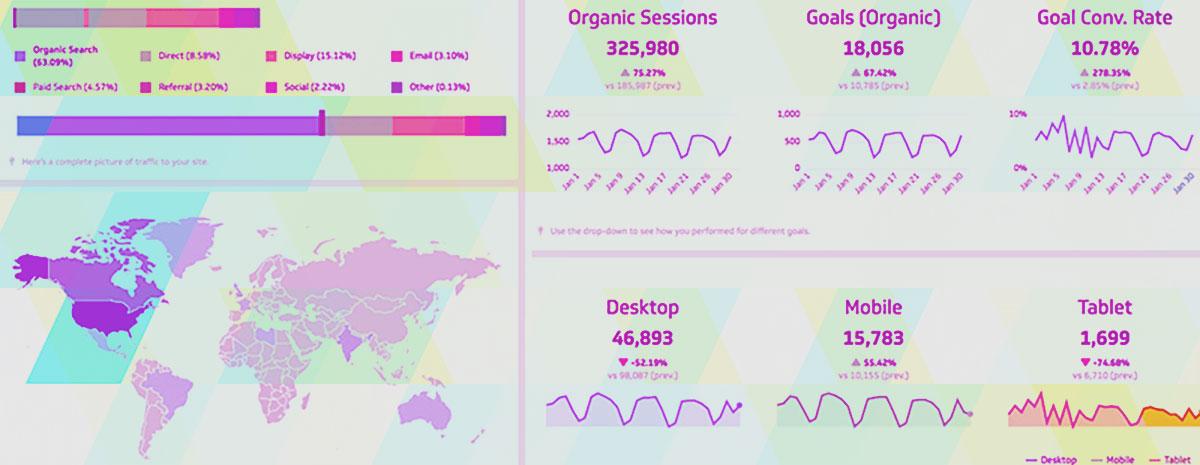Winter is coming. Buy now.
Modern advertising often includes telling a story – full of key product differentiators, multiple feature benefits and sharable buzz. We tell tales of our client’s products, their unique services and what makes them different – and better. Because we deliver impressions in an attention-starved world, we can’t say everything at once – nor do we want to. In other words, today’s consumers have wee little attention spans and we need to feed them the story in pieces. So, while our message might be told in small bite-size chunks over many touch points, we still need to make it a believable, sellable story. It needs an introduction, a middle, and hopefully a “purchase” ending… and like all good stories, it needs good story pacing. If we can’t pace effectively, we can’t accomplish our goal. We will lose them along the way.
Certainly, there are exceptions to this rule. Take the low-cost impulse buys at the Target self-service check out…flash sales for items in your Amazon wish list…or the Apple products we aspire to that live in another advertising dimension all together. For the rest of us – and our clients – we need to spin a tale of engaging, feature-filled fame and fortune.

It was a dark and stormy night.
Each client’s story (brand and product) has its own character development, unique conflicts and surprise features. But, we have to tell the story in the right order to nurture the relationship with the customer. If we begin a complex story about a new car with financing options and a buy now CTA, we’re telling it backwards. We need to sell the features first, then go for the sale. This pitfall is especially true for major purchases, big ticket items (like cars) and medical providers. Honestly, your travel client’s vacation destination can’t lead with a “book now” ending. Consumers need context – reasons they want to be there – before making a time and financial commitment like that. They won’t buy an expensive two-week trip to Wakanda because the tagline is so clever.
Now, take insurance for example. A complex offering like dental insurance isn’t easy to distill into discreet story bites. A wide age range of consumers + financial means = messaging complexity…which begs for some serious pacing. And, that’s what our clients are paying us to do. In this scenario, we might have multiple threads in the narrative, taking different paths and explaining different benefits to each target demographic. But in the end, the goal is the same: sell insurance! Pacing correctly keeps the viewer/consumer entertained and engaged during the early phases (top funnel) and keeps them engaged until the critical moment they need to make a move.
So how do we do this? We can start with a compelling product fact (from chapter two of your story) to create intrigue, then work it back into the beginning – how it fits into the overall picture and benefit of the product. Or, introduce the inventor before you introduce her product. In other words, your marketing message doesn’t have to start with “It was a dark and stormy night.” Perhaps you lead with the color choices for effect, but then build your character development in a way that makes sense…just why will people care about this product or service? This is what you need to answer: the “what’s in it for me”.

Keeping bookmarks along the way.
How do we keep track of what they’ve seen so we don’t keep serving the same chapter in the story? It’s not always easy to know where your prospects are in the funnel because they can easily get lost across multiple sites and media initiatives. Although retelling a feature message isn’t always bad, we have a better way. With Modern Impact’s Intelligent Pixel®, we track consumer behavior and understand their intent all through the omni-channel on their path to purchase. Machine learning takes the guesswork out of when to deliver the hook, the next cliffhanger or go for the conversion. Think of it as “bookmarking” their journey. This bookmarking makes us more efficient with our client budgets and keeps the story moving at the right pace – allowing us to reach high-value targets with the right message at the right time for ultimate conversion.
And they lived happily ever after, until Black Friday.


